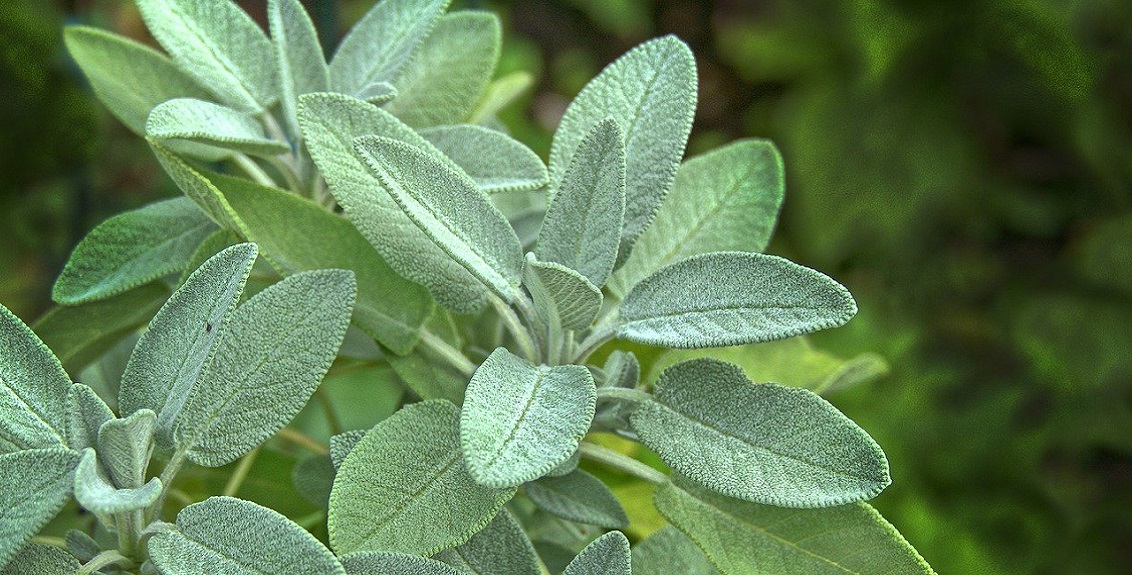Sage (Salvia officinalis) is a hardy perennial that tastes aromatic and slightly bitter. Growing garden sage (salvia officinalis) is economical and time-saving. Its flavour is so intense that only a dash is needed to flavour a dish. Sage is also one of the few herbs that are still delicious after the plant flowers. You only need one of these easy to grow plants in your garden to enjoy its flavour throughout the year.
Growing Sage
Sage can be started from seed or cuttings, or you can just buy a sage plant. Its hardiness zone is 5-9. Sage grows to a height of 24-36 inches (60-90 cm) and will be about 24 inches wide.
Growing from seed
- Sage can be grown outdoors or in a container. It will grow well in rich clay loam that is well draining and is rich in nitrogen. It prefers soil with a pH of 6.0 to 6.5.
- Plant the Sage in late spring. Seeds should be sown about 1/8 of an inch deep. They will take 10 to 21 days to germinate.
- When the plants are small, keep the soil moist, but afterwards, water only when the soil is dry.
- Sage plants should have full sun. If they are in an indoor area without much sunlight, you can use fluorescent lights.
- Thin the seedlings when they are 4 inches tall to about 2 feet apart.
- Harvest the Sage before it flowers, which is around June.
- Tie the sprigs of Sage together and hang them upside down in a cool and airy location away from direct sunlight.
- Once they are dry, store the leaves (crumbled or whole) in an airtight container.
Uses for your Sage
Sage can be used as a stuffing for poultry, rabbit, pork, and baked fish, and can also be used in sausage or meat loaves. In addition to being used as in food, it can also be used in potpourri and soap.
